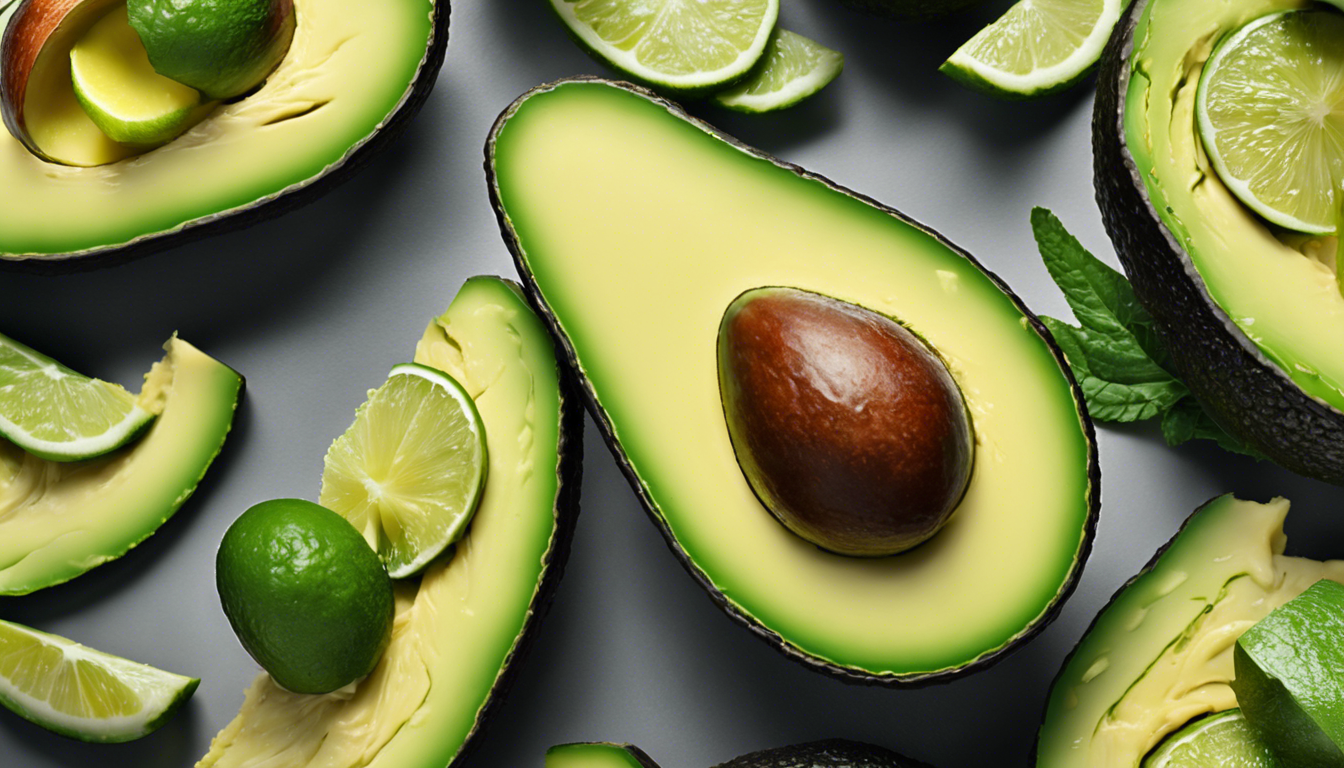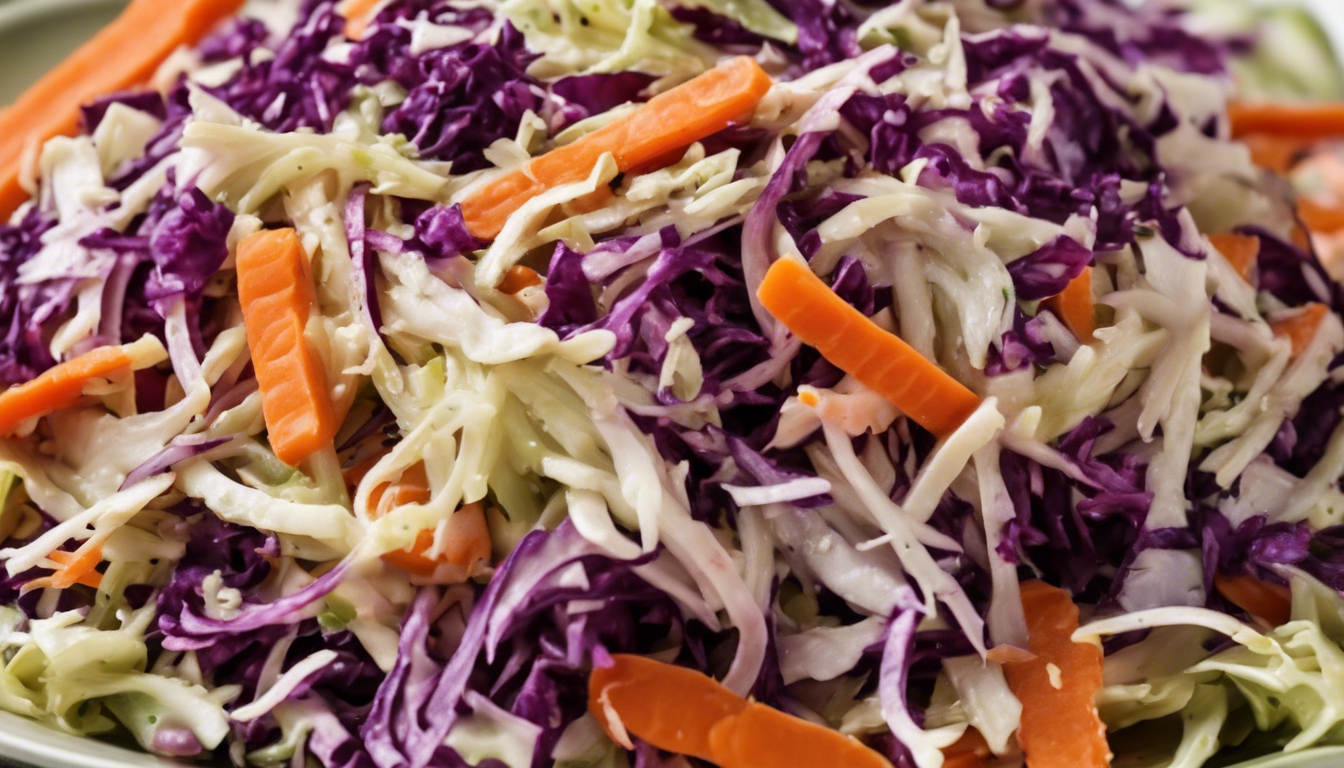
Origins of the gluten-free movement
The gluten-free movement didn’t spring up overnight—its roots stretch back to the discovery of celiac disease, an autoimmune condition where gluten damages the small intestine. Initially, gluten-free diets were solely a medicinal prescription to manage this condition. But it was in the late 1940s when Dutch pediatrician Willem-Karel Dicke validated the link between gluten and celiac disease, revolutionizing treatment for patients.
In the following decades, awareness of celiac disease slowly grew, but it wasn’t until the early 2000s that the gluten-free diet began to gain significant attention beyond the medical community. Around this time, researchers began exploring the concept of non-celiac gluten sensitivity, where individuals experience celiac-like symptoms without the autoimmune response. This sparked a broader interest in gluten and its effects on general health.
As the new millennium marched on, a confluence of factors propelled the gluten-free diet into the cultural spotlight. Heightened awareness around food allergies and sensitivities played a role, as did the push for more transparent food labeling. An increasing number of people began to experiment with cutting out gluten as part of a wellness-oriented lifestyle or in pursuit of relief from various health issues.
The gluten-free movement also intersected with the rise of the internet and social media, driving a deeper conversation about health, nutrition, and the impact of gluten on our bodies. Online communities of affected individuals and advocates formed, providing platforms for individuals to share their experiences, recipes, and support each other’s journeys. The collective sharing planted the seeds for what would blossom into a significant cultural phenomenon.
Concurrently, early adopters and natural health advocates promoted gluten-free eating as part of a holistic approach to wellness, sometimes drawing on anecdotal evidence to support their claims. This angle of personal health optimization appealed to a wide audience seeking to improve their quality of life through dietary choices. And so, what began as a diet of necessity for some transitioned into a lifestyle embraced by many, coming to symbolize a commitment to personal health and wellbeing.
It’s important, however, to note that the gluten-free movement’s expansion was not without controversy. Critics often emerged to question the validity of gluten sensitivity and the benefits of a gluten-free diet for non-celiac sufferers. Yet, despite the scientific debates and skepticism, the movement continued to gain traction, setting the stage for celebrities to endorse and further popularize the diet, while concurrently influencing the food industry to cater to this growing demand.
Celebrity influence and media portrayal
The influence of celebrities on modern culture cannot be understated—they set trends in fashion, lifestyle, and yes, eating habits. As the gluten-free movement took hold, high-profile personalities in Hollywood and beyond began not only adopting gluten-free diets themselves but also publicly endorsing the lifestyle. Some stars cited a diagnosis of celiac disease, while others wanted to alleviate digestive troubles or simply felt better avoiding gluten. As their testimonials and gluten-free regimens spread via interviews and social media, fans and followers took notice, further fueling public interest.
It became common to see gluten-free recipes and diet tips in the pages of lifestyle magazines, often under the influence of celebrity columns or interviews. Moreover, television talk shows frequently hosted experts who discussed gluten-free living, sometimes featuring celebrity guests sharing their gluten-free journeys, which only added to the intrigue and reach of this lifestyle choice.
Media portrayal of the gluten-free lifestyle often highlighted the perceived glamour and health benefits associated with it, particularly in the world of celebrities. As film stars and musicians attributed their glowing skin, increased energy, and improved digestion to their gluten-free ways, the lifestyle gained a sort of health halo effect. This narrative suggested that going gluten-free was not only medically beneficial for some but also a pathway to an enhanced, more vibrant lifestyle.
Simultaneously, reality television and culinary shows began to spotlight gluten-free diets, with contestants and hosts often seen embracing or talking about the lifestyle. These programs helped normalize gluten-free choices among the general public by showcasing it as an accessible and desirable alteration to traditional eating patterns. The audience took cues from this new standard set by familiar faces, forming a ripple effect that spread through home kitchens and restaurant menus alike.
The outcome was a feedback loop where celebrity endorsement spurred media coverage, which in turn made gluten-free eating more visible and accepted, leading to greater celebrity involvement, and so on. This cyclicity advanced the gluten-free lifestyle from a specialized diet into a prominent feature of popular culture.
But this celebrity-driven promotion was not without its downsides. Critics often pointed out the risk of trivializing the serious health conditions that necessitate a gluten-free diet. While some celebrities took great care in communicating their medical reasons for avoiding gluten, others were seen as part of a “fad diet” culture, potentially undermining the legitimacy of gluten-free eating for those with medical requirements.
Yet, whether portrayed as a trendy choice or a medical necessity, the impact of celebrities and media on the rise of gluten-free eating has been unmistakable. Their influence kick-started conversations about gluten across multiple platforms and audiences, creating space for this once niche diet to dominate the cultural landscape.

Gluten-free market expansion and product availability
As awareness and interest in gluten-free living grew, spurred by the endorsements of celebrities and the narratives found in popular media, the food industry began to respond in kind. Supermarket shelves and restaurant menus expanded their offerings, catering to the increasing demand for gluten-free options. Where once the gluten-free section in stores was a small, specialty area, it has evolved into a diverse and extensive product category.
This market expansion has been significant. Gluten-free products, which were traditionally found in health food stores, have now made their way into mainstream grocery chains. From bread, pasta, and snacks to frozen meals and desserts, consumers can now find a gluten-free alternative for almost every traditional gluten-containing product. This proliferation of products has made the adoption of a gluten-free diet more practical and less daunting for those who wish to try it, whether for medical reasons or personal preference.
“As a gluten-free consumer, the variety we see today is astounding. I remember when finding bread that didn’t crumble was a luxury. Now, we have so many options at most supermarkets, and this is incredibly empowering and convenient,” shares a member of an online gluten-free community.
Naturally, the restaurant industry wasn’t far behind. Eateries ranging from fast-food joints to high-end dining establishments now frequently tout gluten-free menu items. Chefs have become more conversant with gluten-free cooking techniques and the necessity for strict cross-contamination protocols to serve customers with celiac disease safely.
Alongside the growth of products and menu options, labeling has also improved. Regulatory bodies in many countries now require clear labeling on pre-packaged foods, indicating whether they contain gluten. This has helped consumers make safer and more informed decisions about their food choices, easing the process of maintaining a gluten-free diet.
Moreover, the expansion of the market has not just been beneficial for consumers, but also for manufacturers and retailers. According to industry reports, the global gluten-free product market size has been on an upward trajectory, reaching billions of dollars in value and forecasted to grow further. This reflects not only the increasing number of people following a gluten-free diet but also the interest of those who choose gluten-free products for lifestyle reasons.
However, the rapid expansion carries its challenges. Critics argue that some companies have jumped on the bandwagon, branding items as gluten-free for marketing purposes rather than providing genuinely suitable options for those with celiac disease or gluten sensitivity. As a result, the market is rife with products that, while not containing gluten ingredients, may fall short in terms of nutritional value, taste, or price point compared to their traditional counterparts.
For many consumers, the cost remains a significant issue. Gluten-free products tend to be more expensive than their gluten-containing equivalents, making the diet less accessible for those on a tight budget. This has sparked a dialogue around the affordability of healthy, gluten-free eating and has motivated some in the community to advocate for more reasonably priced options.
The expansion of the gluten-free market and its influence on product availability have reshaped consumer behaviors and expectations. The growing availability has empowered many to adhere to a gluten-free lifestyle, but this change also emphasizes the need for informed choices and a cautious approach to ensure that one’s diet remains balanced and healthy.
Health implications and public perception
The conversation around the gluten-free lifestyle extends beyond the shelves of supermarkets and restaurant menus, delving into the realm of health and its perceived effects. On one end of the spectrum, for individuals diagnosed with celiac disease or non-celiac gluten sensitivity, a gluten-free diet is not a choice but a critical necessity for managing their health. The relief from symptoms such as gastrointestinal distress, chronic fatigue, and even dermatitis herpetiformis is a testament to the diet’s effectiveness for these conditions.
Meanwhile, a significant number of people without a formal diagnosis are adopting a gluten-free diet due to perceived health benefits. They report improved digestion, higher energy levels, and better overall well-being. However, the science behind these experiences is not always clear-cut, leading to a divide in public perception. Some health professionals express concern that self-diagnosis and dietary changes without medical guidance can lead to missed diagnoses of serious conditions, nutritional deficiencies, or other unintended health consequences.
Nutritionists and dietitians often point out that gluten-free does not inherently mean healthier. Gluten-free processed foods, for example, can be high in sugar, fat, and calories while lacking essential fibers and nutrients found in their gluten-containing counterparts. Consequently, uninformed consumers might be at risk of making less healthy choices under the guise of a “gluten-free” label.
There’s also a social and psychological dimension to consider—the sense of isolation that can come with a strict gluten-free diet. Dining out, traveling, or simply eating at a friend’s house can be fraught with anxiety for those with celiac disease, due to the ever-present risk of cross-contamination or lack of suitable options. The fear of seeming burdensome or facing skepticism about the seriousness of their condition can be stressful, impacting social interactions and mental health.
“Attending social events can be a minefield. There’s the constant worry that you’ll either go hungry or, worse, get ‘glutened’ and suffer the consequences. While more options are available now, there’s still a long way to go in terms of understanding and genuine accommodation,” explains a blog commenter with celiac disease.
In stark contrast, for those without medical conditions, choosing to eat gluten-free is often seen as empowering or a lifestyle upgrade. These individuals may not face the same level of scrutiny or necessity for vigilance, which can lead to friction between those who must avoid gluten for health reasons and those who opt-in for personal preferences.
With the widespread adoption of the diet, researchers continue to study the broader implications of a gluten-free lifestyle on public health. While still emerging, some studies suggest that long-term adherence to a gluten-free diet may affect gut microbiota and immune function. The complexities of nutritional science mean that our understanding of the health implications of gluten-free eating is still evolving, fueling ongoing debate and research.
Ultimately, the public perception of the gluten-free lifestyle is multifaceted and subject to influence from personal experiences, scientific research, and cultural narratives. It underscores the necessity for education and dialogue about the diet, ensuring that choices are made based on accurate information and that those who rely on gluten-free options for their health can do so without stigma or undue hardship.